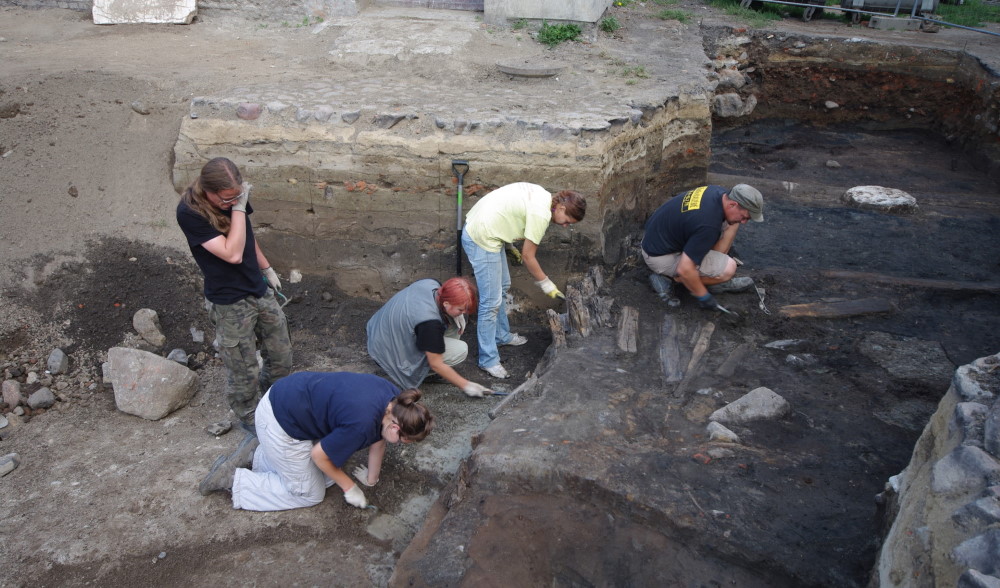
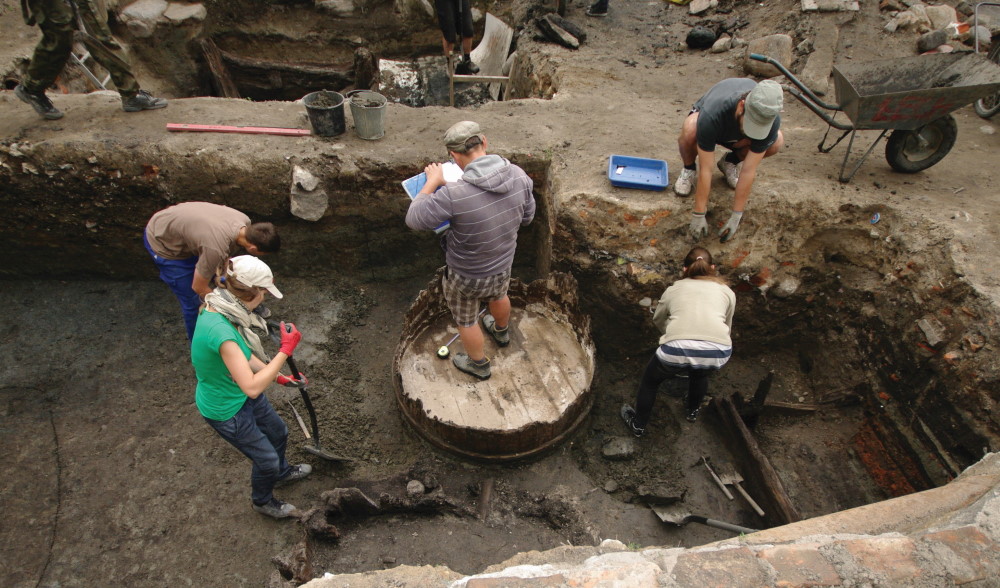
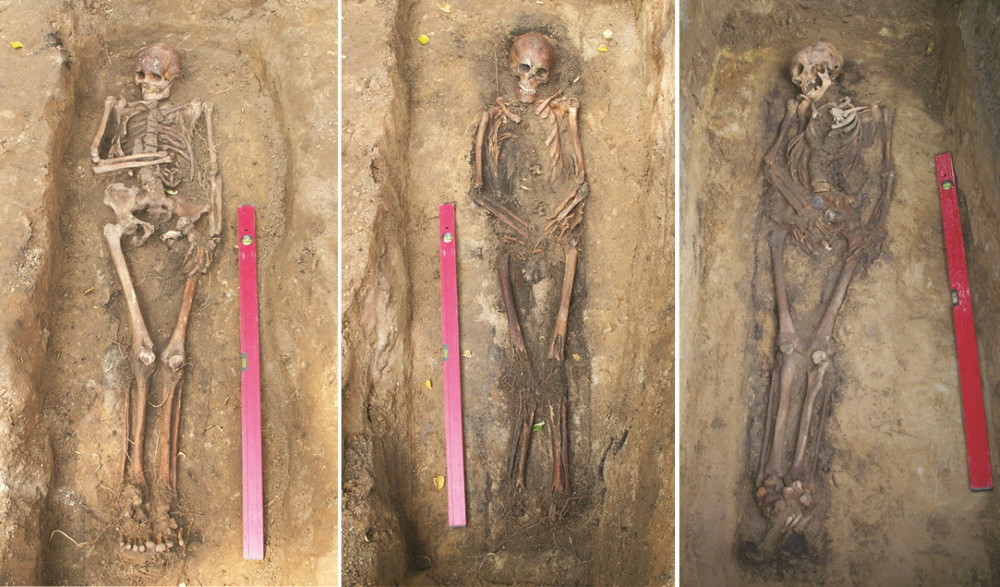
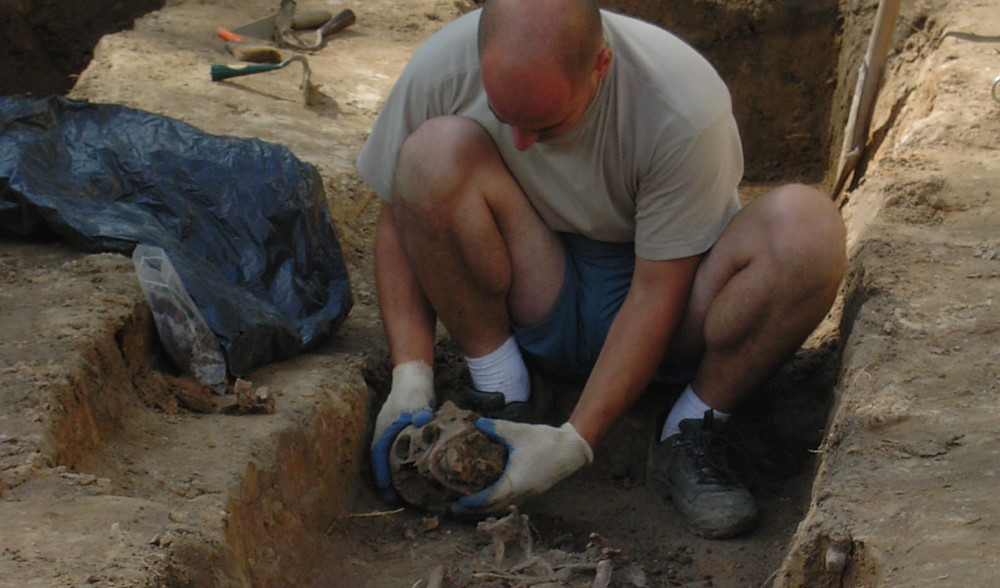
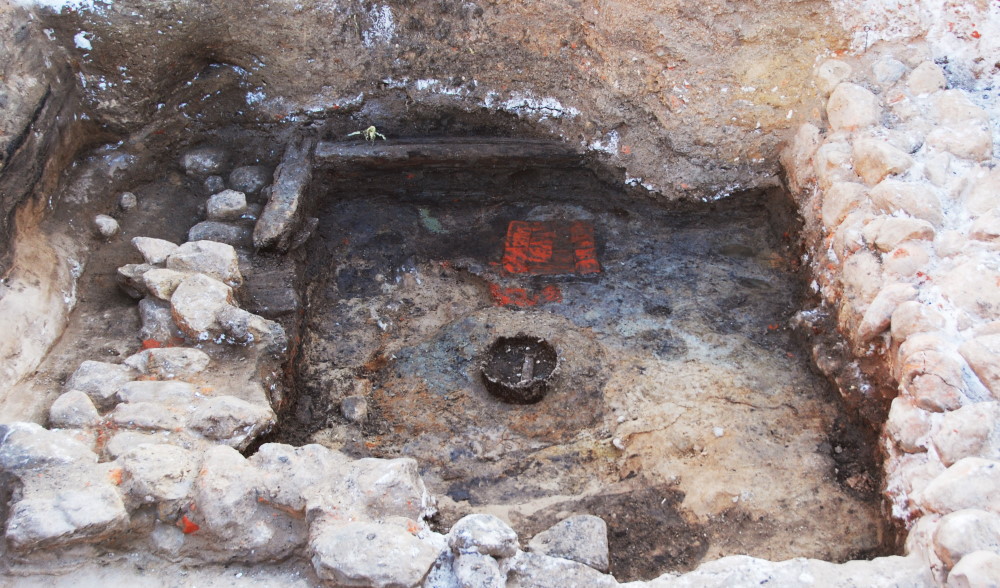
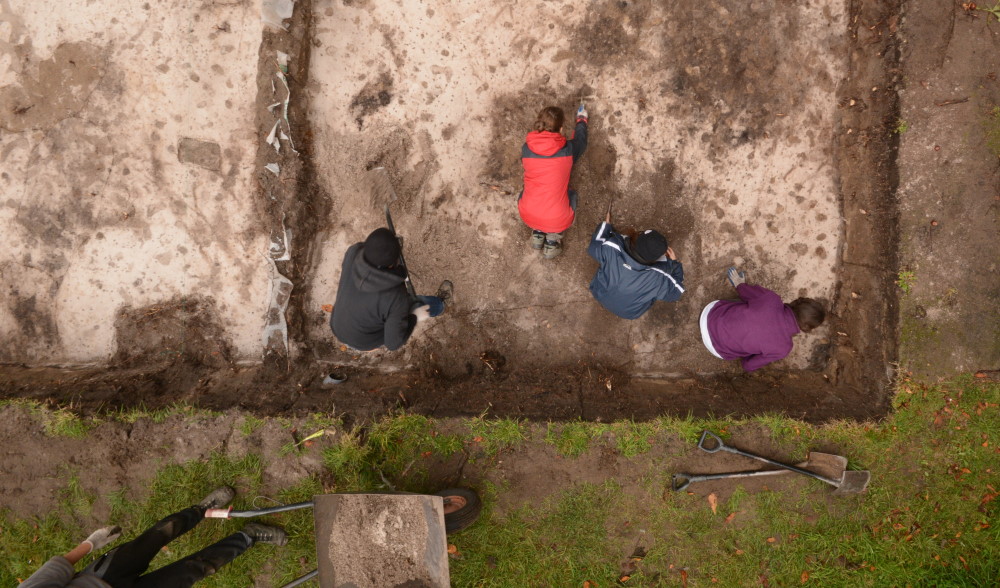
 Parish church of St. Peter and St. Paul the Apostles was erected on the cliff, on the very shore
of the Puck Bay. Its characteristic silhouette, visible from afar, is the hallmark of Puck.
Parish church of St. Peter and St. Paul the Apostles was erected on the cliff, on the very shore
of the Puck Bay. Its characteristic silhouette, visible from afar, is the hallmark of Puck.
The exact date when the Puck parish was established is unknown, although it is believed that it is one of the oldest in Pomerania. The existence of the temple was confirmed by the written sources from the 13th century, and the oldest mention of the parish priest comes from 1288. There are stone foundations under the pillars, which are preserved remains of the oldest stone temple, recognized as a Romanesque church from the second half of the 13th century. An existing defensive tower with a decorative brick frieze was added to it before 1309.

The present church made of granite blocks and bricks was built between 1330 and 1400. The oldest part, erected before 1348, forms the north wall of the church with chapels, and the remaining walls, including the ‘rainbow arch’ and pillars, were built a little later, in the second half of the 14th century. During the fifteenth century, a magnificent twelve-split eastern gable was added, and by the end of 1496 the naves were roofed with a common roof and this original roof truss can still be admired today.
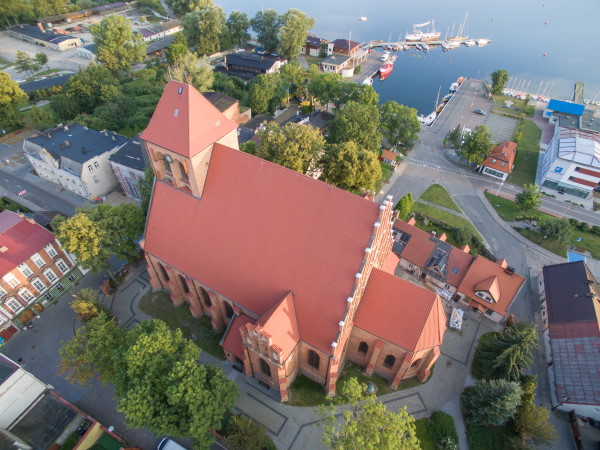
The interesting features found within the church consists of a gothic baptismal chapel, late Romanesque baptismal font, a baroque pulpit from 1800 and the 16th century Wejher's chapel. The two-story main altar dates from the 18th century. Three antique bells have survived to the present day: two from the Teutonic Order times from around 1400 and the third largest bearing the name "Peter & Paul" was cast in the Gdańsk foundry of Krzysztof Olendorf in 1605.
In the history of each settlement, an important role is played by the space intended for the burial of the dead. In the Middle Ages, it was usually surrounding the church. It was believed that the dead should be buried in the sacred land around the temple. It was no different in the case of Puck - there was a church cemetery around the parish church, and more important residents were buried in its underground.
 The archaeological excavations in Puck have a long history, starting over 30 years. Since
beginning the research was led by the team of archaeologists from the Department of Archaeology
of the Late Middle Ages and Modern Times from the Institute of Archaeology of the University of
Warsaw and a group of students who learnt the ropes of proper archaeological conduct here. This
allows for undertaking various research problems, systematic collection of research results and
gradual, extensive reconstruction of the town's history and material culture. The results of
both excavation and further analysis have been published in five scientific monographs,
describing various aspects of the city's past as well as dozens of bachelor's and master's
theses.
The archaeological excavations in Puck have a long history, starting over 30 years. Since
beginning the research was led by the team of archaeologists from the Department of Archaeology
of the Late Middle Ages and Modern Times from the Institute of Archaeology of the University of
Warsaw and a group of students who learnt the ropes of proper archaeological conduct here. This
allows for undertaking various research problems, systematic collection of research results and
gradual, extensive reconstruction of the town's history and material culture. The results of
both excavation and further analysis have been published in five scientific monographs,
describing various aspects of the city's past as well as dozens of bachelor's and master's
theses.
During the first years, excavations focused on the castle grounds, barely readable today in the northern part of the old town. They brought forward understanding of the original structure of a small administrative castle, built by the Teutonic Knights at the turn of the 14th and 15th centuries, located on a small hill above the bay waters.
In subsequent years, excavations gradually covered the town area, providing new data for understanding the creation and development of early medieval settlement – from the service village from the 12th and 13th centuries to the recognition of layout and functioning of the later town and the adjacent village. The area of the market square, existing since Middle Ages, was also excavated, uncovering in its centre the remains of the oldest Puck town hall erected before 1400. The latest discoveries related to the settlement in the area at the turn of the BCE/CE and the camp of Mesolithic hunters from around 6,000 years ago allows us to reach even deeper into the past of this extraordinary place.
As a result of excavations, nearly 500,000 archaeological artefacts were collected: fragments of ceramic vessels, metal, glass, wooden, bone, leather and other artefacts that allows undertaking research on material culture, living conditions, trade and craft activities of the town's inhabitants. Puck is currently one of the small urban centres in Poland that provides the most detailed picture gained by archaeological investigation. This is the result of the patient and almost continuous work of archaeologists, for whom this place is constantly unveiling new and valuable information about its rich history.
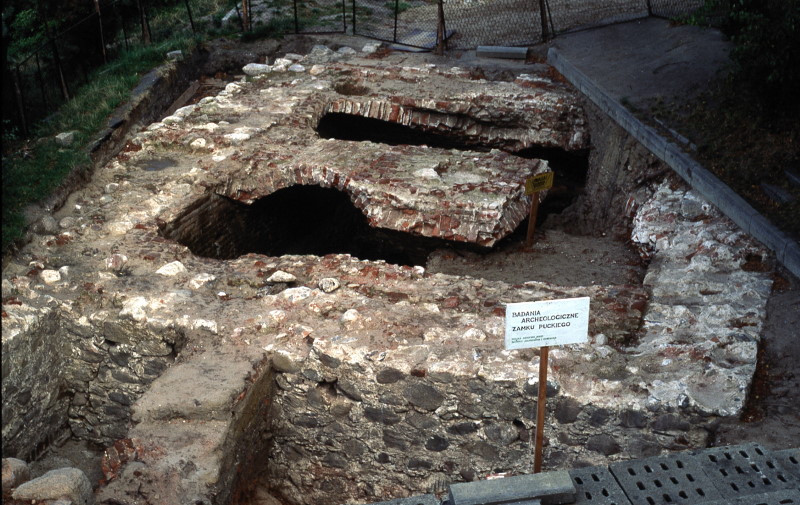
© 2020 INSTITUTE OF ARCHAEOLOGY UW